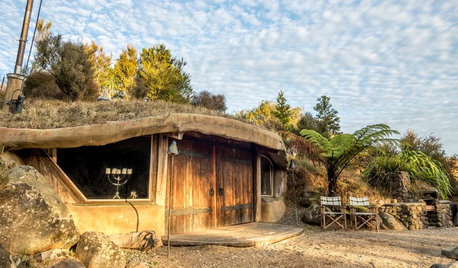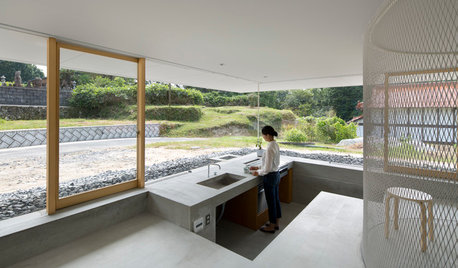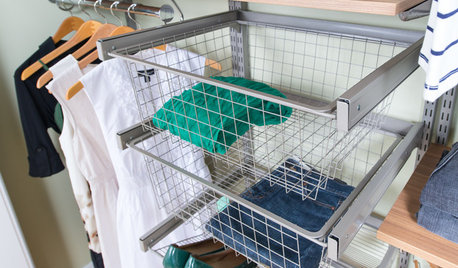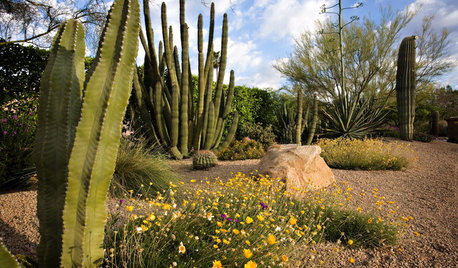Can I cut tall culms to transport them?
bigoledude
10 years ago
Related Stories

FUN HOUZZWe Can Dream: Hobbit Houses to Rule Them All
Escape the real world and explore your Middle-earth fantasies
Full Story
LANDSCAPE DESIGNThe 7 Best Plant Types for Creating Privacy and How to Use Them
Follow these tips for using different kinds of plants as living privacy screens
Full Story
ARCHITECTUREWorld of Design: 10 Homes That Lap Up the Landscape Around Them
As building techniques develop, architects all over the globe are finding new ways — and new places — to integrate houses with nature
Full Story
DECORATING GUIDES7 Design Rules and Why You Should Break Them
Think tile is only for kitchens and bathrooms? Art should hang at eye level? Time to consider breaking these old rules
Full Story
REMODELING GUIDES5 Remodeling Monkey Wrenches and How to Prevent Them
Avoid delays and cost overruns by planning certain parts of a home remodel extra carefully. We show you which ones and how
Full Story
PAINTINGWhat to Know About Milk Paint and Chalk Paint — and How to Use Them
Learn the pros, cons, cost and more for these two easy-to-use paints that are great for giving furniture a vintage look
Full Story
CLOSETSHow to Store Your Clothes to Keep Them Looking Good Longer
Here’s what clothes to fold, what to hang and how to stash your off-season stuff
Full Story
SOUTHWEST GARDENINGTall Cactuses Bring Drama to Southwestern Gardens
See how 5 columnar cactuses add a striking design element to warm-weather gardens, courtyards and entries
Full Story
HOUSEPLANTSAim High With This Tall African Houseplant
Corn dracaena can give you a big splash of green with little fuss
Full Story
HOME OFFICESQuiet, Please! How to Cut Noise Pollution at Home
Leaf blowers, trucks or noisy neighbors driving you berserk? These sound-reduction strategies can help you hush things up
Full StoryMore Discussions






bigoledudeOriginal Author
kentuck_8b
Related Professionals
Woodinville Landscape Architects & Landscape Designers · Mount Wilson Landscape Architects & Landscape Designers · Finneytown Landscape Architects & Landscape Designers · Arlington Landscape Contractors · Battle Ground Landscape Contractors · Byram Landscape Contractors · East Haven Landscape Contractors · Fort Payne Landscape Contractors · River Forest Carpenters · Alamo General Contractors · Forest Grove General Contractors · Lincoln General Contractors · Mount Holly General Contractors · Port Saint Lucie General Contractors · Stoughton General Contractorskudzu9
bigoledudeOriginal Author
kentuck_8b
kudzu9
bigoledudeOriginal Author
kentuck_8b